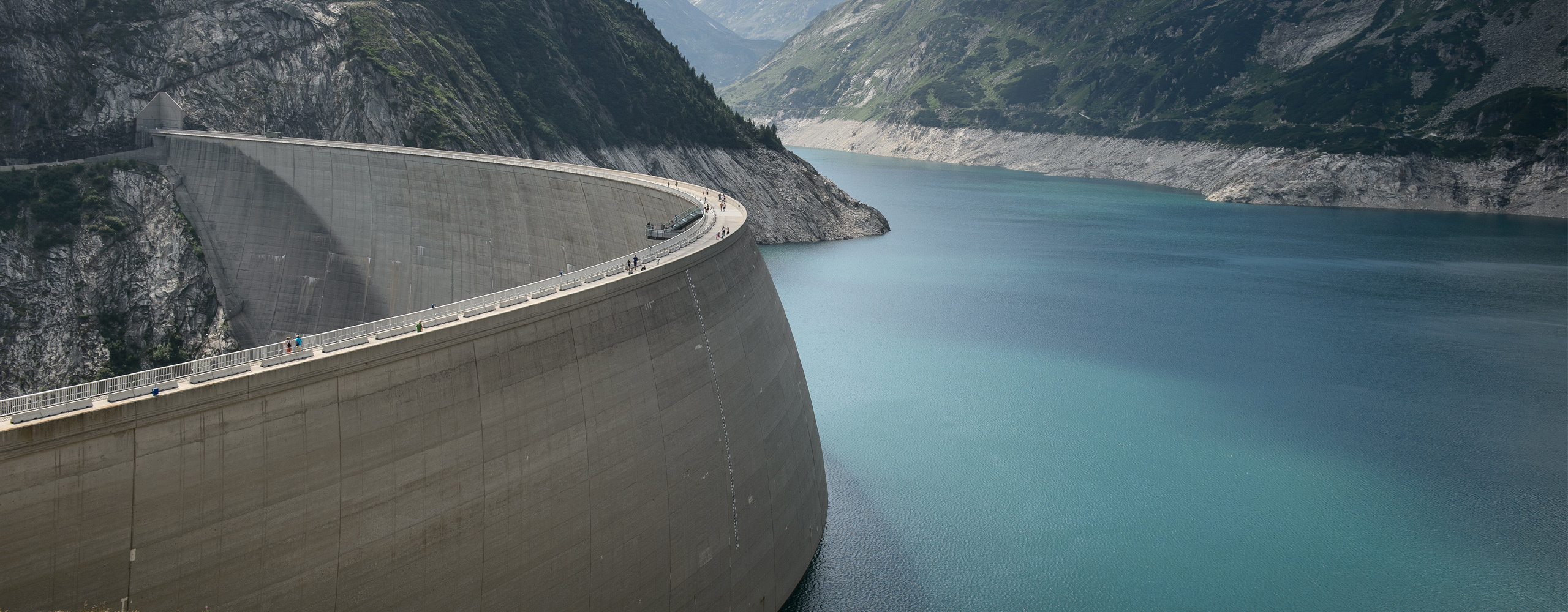Use of a Finite Element Code to Model Complex Mine Water Problems
Abstract:
Numerical models are now used routinely to predict ground-water inflows to both surface and underground mines and to help design dewatering systems. Two of the more complex problems encountered in mine dewatering are 1) predicting the configuration of the phreatic surface and height of the seepage face in pit highwalls for slope stability analysis and 2) predicting inflow to underground mines, particularly from discrete geologic structures and under non-Darcian flow. Frustrated by the limitations of the most common ground-water flow codes in dealing with these problems, we have developed a 3-dimensional, finite element code, designated MINEDW, that has been specially designed to address the relatively unique hydrologic complexities of mining.
MINEDW includes subroutines to calculate the height of the seepage face in a pit wall, to simulate faults without adding more discretization, and to simulate non-Darcian flow and the transition to Darcian flow as heads and gradients decrease. Examples of MINDEW solutions to relatively idealized problems are given and compared to those from physical models, analytical solutions, and another numerical code (MODFLOW).
MINEDW has been applied to a large mining operation in Indonesia involving dewatering of both a large pit and underground drifts. This case has been made even more challenging by karstic features and very high, but variable (particularly as demonstrated by a recent El Niño-induced drought) precipitation. How the hydrogeology was conceptualized and incorporated into the numerical model, how the mine plans and variable precipitation were simulated, and the results of the calibration and predictive simulations are described.
Citation:
Azrag, E., V.I. Ugorets, and L.C. Atkinson. 1998. Use of a finite element code to model complex mine water problems. Proceedings of Symposium on Mine Water and Environmental Impacts, International Mine Water Association, Johannesburg, South Africa, 1 September: pp. 31-41.
Authors:


